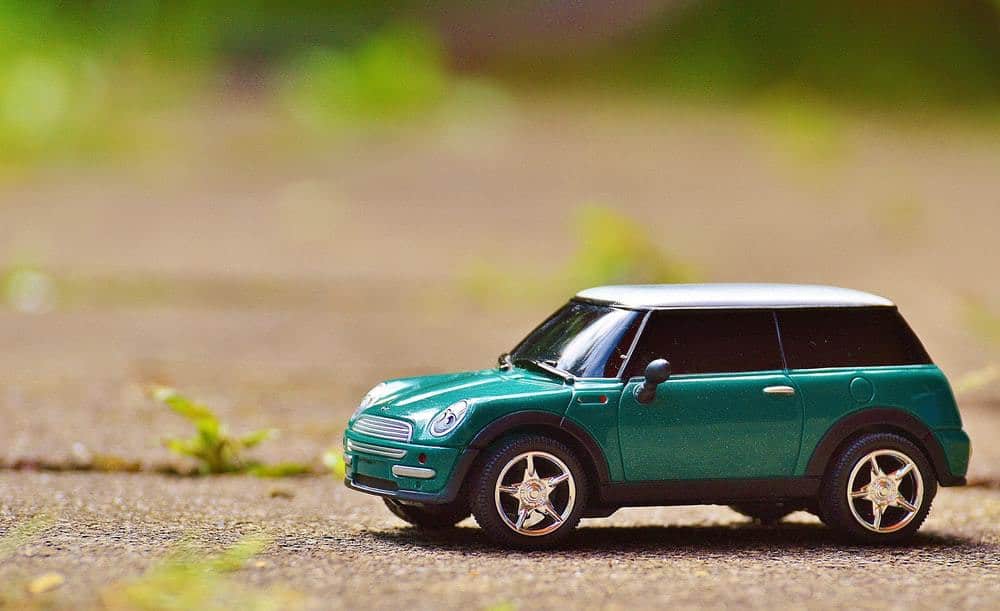Take a moment to consider this sobering thought – whether you’re driving around the corner or heading out on a road trip, accidents can happen at any time.
Results from safety checks across Canada reveal that between 30-80% of child car and booster seats inspected are installed incorrectly. Is yours one of them?
Fact: Car crashes are a leading cause of death and hospitalizations for Canadian children under the age of 14.
From using the wrong car seat at the wrong age, to relying on Dr. Google for instructions on proper car seat installation, parents are unknowingly making potentially deadly travel safety decisions.
Certified Car Seat Installation Technician and Parenting Expert Maureen Dennis is here to explain 5 Ways to Keep Your Kids Safe in a Car Seat:
1. Wrong Seat at the Wrong Age. A common mistake made by parents is not using the correct seat for the child’s height, weight, and developmental stage. This can usually be seen when parents move their child to the next stage too quickly (rushing to get them into a booster seat to accommodate a new baby when they still fit in their harnessed forward-facing seat, for example).
Solution: Know the guidelines of when to make a car seat adjustment and know your child’s height and weight.
2. Car seat not securely installed. Another error often made is when attaching the car seat inside the car. In many cases, the seat is too loosely installed and not tightly secured to the vehicle.
Solution: Your car seat should not move more than 2.5 cm (or 1 inch) in any direction at the base of the seat, right at the seat belt or UAS path.
3. Harness on the child is too loose. How tight is too tight? A common mistake is leaving the harness too loose and not having your child secured properly.
Solution: Conduct the “pinch test”. You should not be able to pinch any of the harness webbing at the child’s shoulder.
4. Placing the chest clip. Another common mistake found is where parents place the chest clip.
Solution: The chest clip should always be at the armpit level – not too low, such as down near their belly button, or up too close- near the neck.
5. Improper placement. Even if the car seat is installed and securely fastened, there are still errors that can occur which may harm your child.
Solution: Make sure that seats in a rear-facing position are at a 45 degree angle to support the baby’s head and neck. All forward-facing seats require a tether strap that hooks to a tether anchor in your car, so make sure you don’t forget that step.
Car seat safety cannot be taken lightly. It is important to install your car seat properly and securely in order for it to do its job in the event of a collision or crash. According to a report from the Canadian Paediatric Society, child seats, when used correctly, reduce the risk of fatal injury by 71% and the risk of serious injury by 67%. Using a booster seat instead of just a seat belt alone is a reduction of 59% in injury risk.

